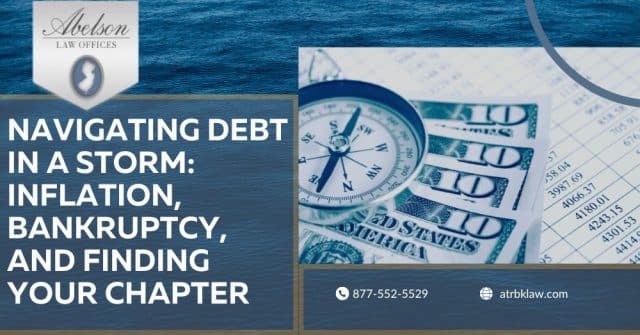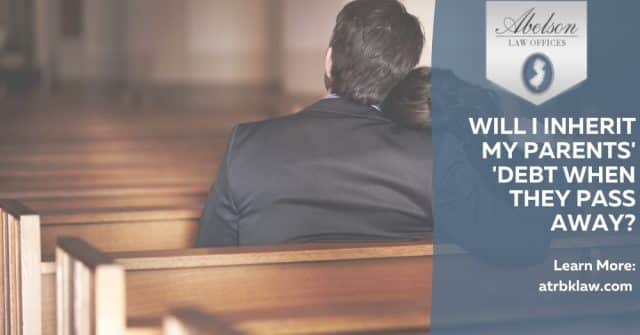Most people have heard of the basic Chapters of Bankruptcy filing; Chapter 7, 11 or 13. Some are even aware of the less used provisions of Chapter 12 (for farmers or fishermen) or Chapter 9 (municipal entities) or even of late Chapter 15 (for foreign corporations). But a hybrid approach called “Chapter 20” is getting a lot more attention.
Essentially, a Chapter 20 is nothing more then a Chapter 7 completed bankruptcy (with discharge of debts issued) followed by a second bankruptcy filing – a Chapter 13. The second bankruptcy filing would not discharge debts – as the time limits for getting a second discharge in Chapter 13 is restricted to 4 years. However since the debts have already been discharged in Chapter 7, that is not the purpose. The second bankruptcy is utilized for other legitimate bankruptcy options, to either to strip off or cram down subordinate liens or to pay out in full otherwise non-dischargeable debts.
The most common example is where an individual qualifies for basic Chapter 7 bankruptcy (under the 2005 means testing law) yet would be required to pay a substantial dividend to their unsecured creditors under a Chapter 13 filing. By filing the 7 first, the unsecured debt can be eliminated in full and the payments in Chapter 13 to eliminate the second mortgage lien can be greatly reduced – irrespective of available or disposable income. Another example is where the disposable income payments to unsecured debt in an original Chapter 13 filing would be split among all creditors, a Chapter 20 would permit all of the Chapter 13 payments in the 2nd bankruptcy to be directed solely to non-dischargeable debts such as student loans or recent tax obligations.
Some Courts have expressed unhappiness over this practice but the U.S. Supreme Court as far back as the 1990’s confirmed that the repetitive filing in and of itself is not abusive of the Bankruptcy process (Johnson v Home State Bank, 501 U.S. 78 (1991). One impediment that has arisen is that some Courts have now determined that the unsecured portion (the amount of the lien over the value of the property) which is being eliminated in the second bankruptcy still counts as an unsecured debt for the dollar limitation for Chapter 13 – which is only $380,000 for unsecured debt, see 11 U.S.C. § 109(e)). This frankly doesn’t make a whole lot of sense since the prior discharge eliminated those unsecured debts, but these rulings would prevent some Chapter 20 filings where there is a substantial subordinate mortgage or other non-dischargeable debts. However, just recently the U.S. 9th Circuit Court of Appeals Bankruptcy Appellate Panel has rejected the analysis employed by those Courts. (Free v. Malaier, 9th Cir., B.A.P., 2015).
Obviously anyone considering this dual filing option must seriously examine it from all angles with competent counsel – and of course factor in the added costs of two bankruptcy filings in terms of actual monies expended and the added credit hit. But in certain unique circumstances, it can be exceedingly effective and save the Debtor potentially tens of thousands of dollars.




